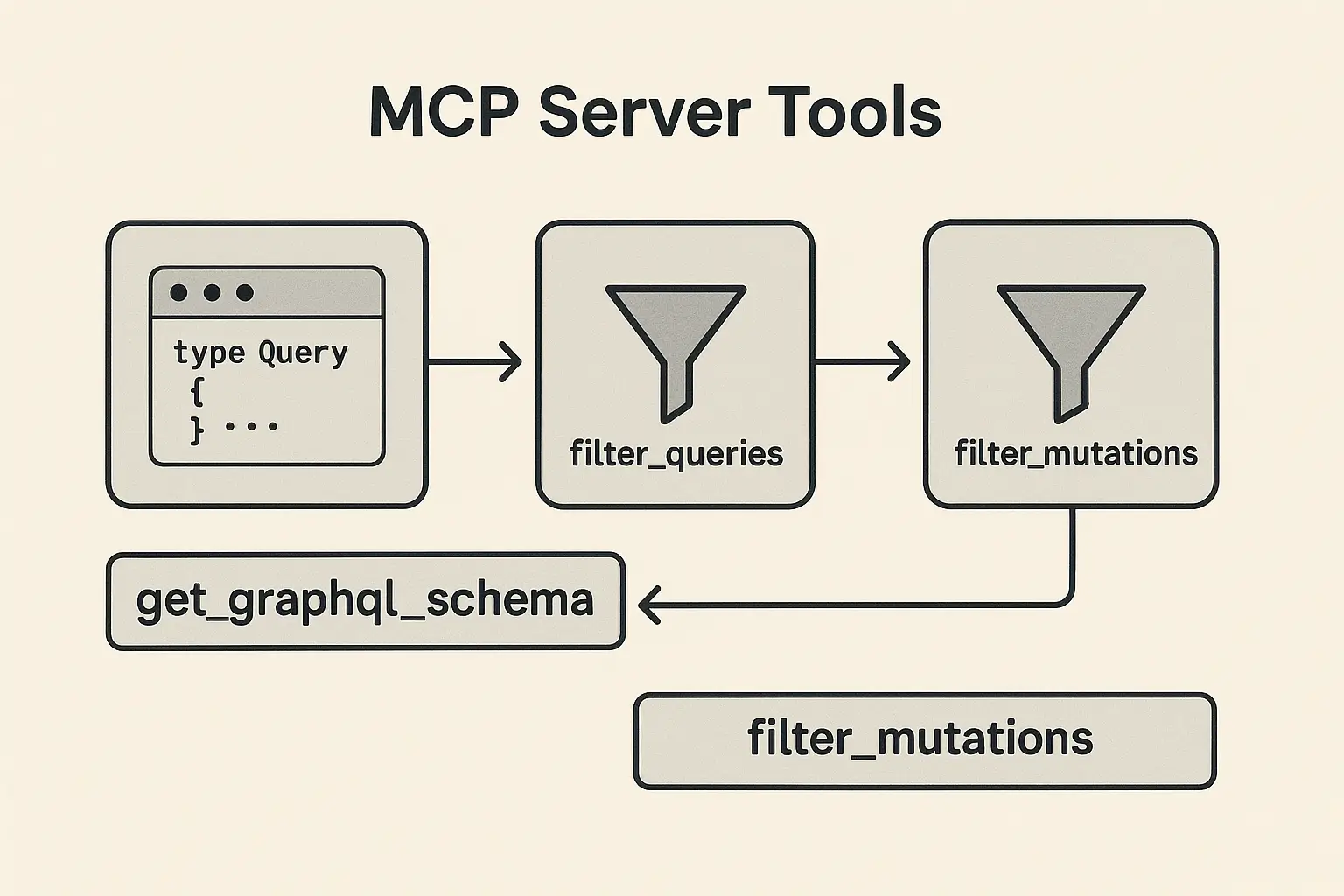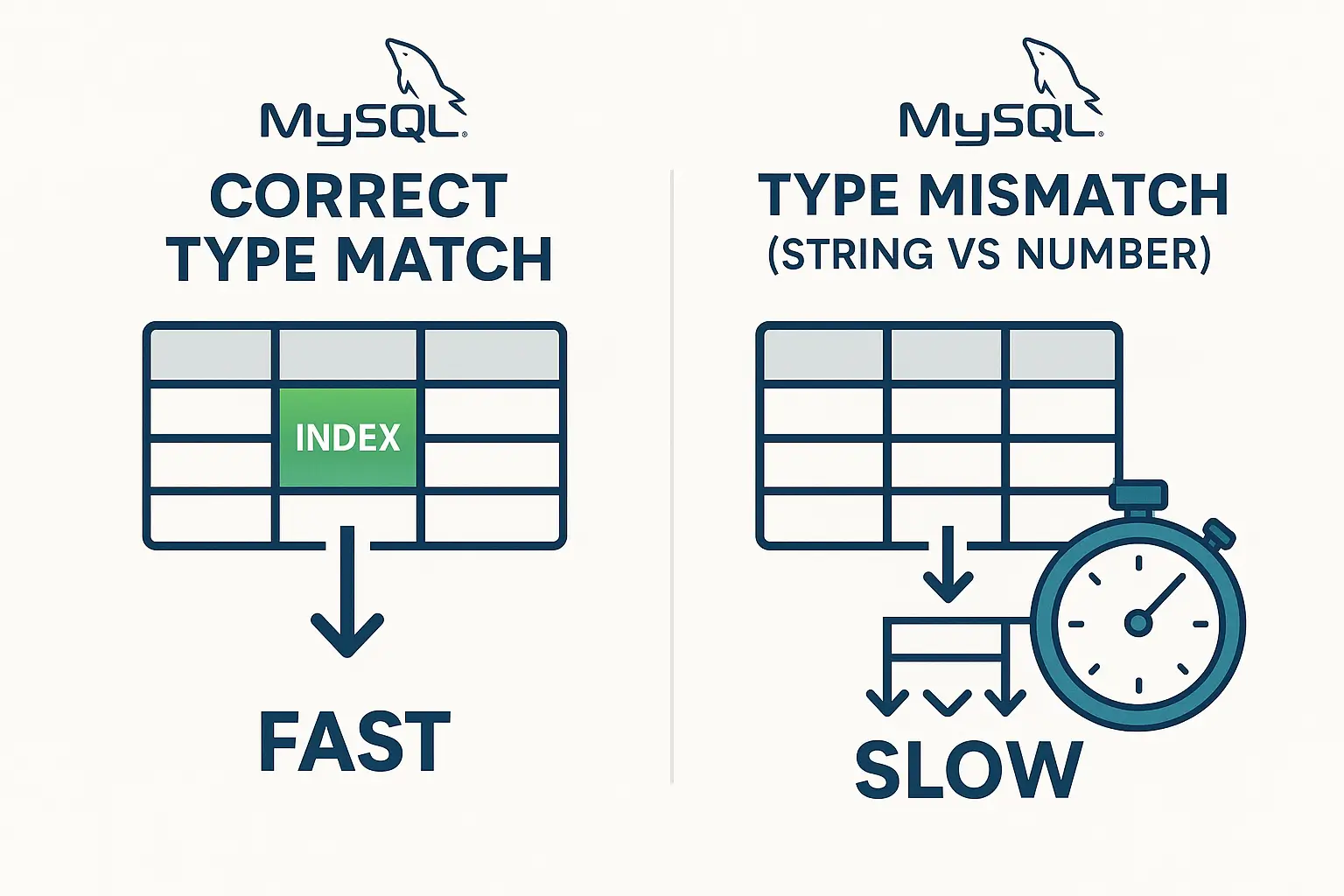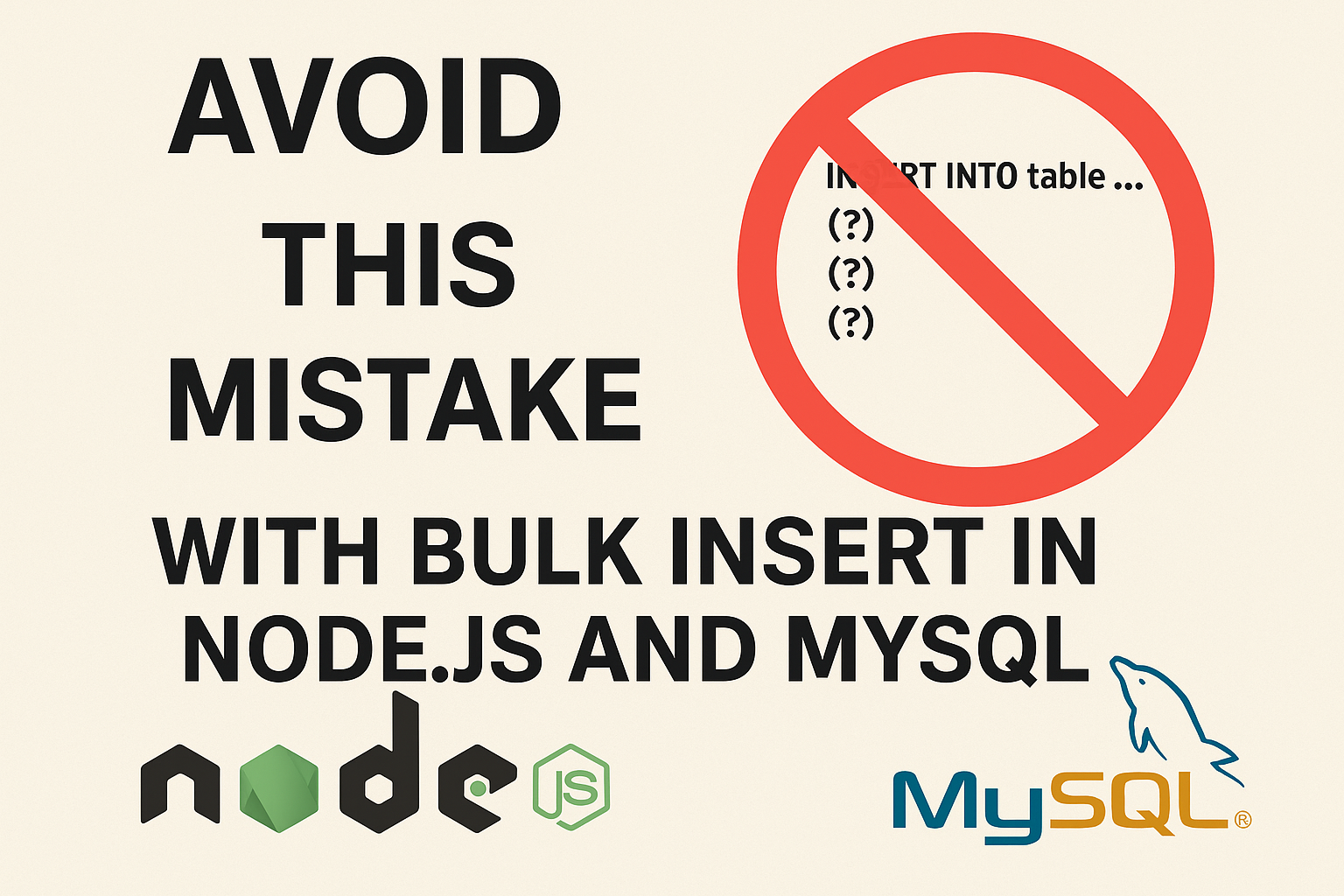Compare Rails Deployment Tools: Kamal, Capistrano, and Mina – Why Kamal is Leading the Charge
When it comes to deploying web applications, the choices for deployment strategies have evolved alongside the technologies that drive the web. With modern apps often containerized, and the cloud becoming the de-facto infrastructure, deployment tools have adapted to these changes. In this post, we’ll dive into three popular deployment tools: Kamal, Capistrano, and Mina, highlighting their strengths and weaknesses, and focusing on why Kamal, with its Docker-native approach, is a strong choice for modern deployments.

Here’s a comparison table for Kamal, Capistrano, and Mina based on their key features:
| Feature | Kamal | Capistrano | Mina |
|---|---|---|---|
| Primary Focus | Dockerized, cloud-native applications | Traditional multi-server deployments | Lightweight, fast deployments |
| Deployment Method | Docker images & containers | SSH commands executed on remote server | SSH, single-session deployment |
| Cloud Integration | Optimized for cloud services (AWS, DigitalOcean, etc.) | Works well with traditional servers | Primarily for simple setups, not cloud-optimized |
| Zero-Downtime Deployments | Yes, through container orchestration | No, requires additional configuration | No, depends on server setup |
| Docker Support | Fully integrated with Docker | Requires custom configuration | Not supported |
| Private Registry Needed | Yes, for storing Docker images | Not required | Not required |
| Speed | Fast with Docker image deployment | Slower due to multiple SSH connections | Fast due to single SSH session |
| Configuration Complexity | Simple for Docker-based setups | Moderate to high, depending on the setup | Simple, lightweight configuration |
| Rollback Capability | Supported with Docker | Yes, with previous releases | Limited |
| Multi-Server Support | Yes, with Docker | Yes, with SSH | Limited |
| Suitable for Modern Apps | Best choice for containerized/cloud apps | Suitable for legacy/traditional setups | Suitable for simple, fast setups |
Let’s dive deep into the details
Traditional vs Modern Deployment Needs

Before getting into the comparison, it’s important to understand how deployment strategies have evolved. Traditionally, developers deployed applications directly to servers using SSH and Git, often relying on tools like Capistrano. However, with the rise of containerization (primarily Docker), deployment tools like Kamal have emerged, emphasizing portability and reproducibility. Kamal leverages the power of Docker containers, simplifying deployment while ensuring consistency across environments. Designed for Dockerized applications, it positions itself as an ideal choice for modern deployments.
Kamal – Docker-Native, Cloud-Focused Deployments
Kamal focuses on Dockerized applications, positioning itself as an ideal choice for modern deployments. It provides an intuitive workflow for deploying to cloud services like AWS, Google Cloud, and DigitalOcean. What sets Kamal apart from tools like Capistrano and Mina is its tight integration with Docker. Instead of relying on SSH connections to execute deployment commands, Kamal deploys Docker images of your application to remote servers.
Key Features of Kamal:
- Docker-native: Kamal works by building and deploying Docker images. This ensures that the environment in which your app runs is always consistent, reducing the risk of issues caused by “it works on my machine” scenarios.
- Zero-downtime deployments: Using Docker containers means that Kamal can swap old containers with new ones seamlessly, ensuring that your application has zero downtime during updates.
- Cloud integration: Kamal optimizes deployments for modern cloud environments, making it an excellent choice for services like AWS and DigitalOcean.
- Simplicity: With straightforward configuration, Kamal reduces the complexity involved in multi-step deployments.
Why Kamal Stands Out:
One crucial aspect of Kamal’s deployment process is the Docker image storage. To deploy an application, Kamal builds a Docker image, but that image needs to be stored somewhere accessible, such as a Docker registry. This means that having a private Docker registry is essential if your application and its Docker images need to remain private.
While GitHub offers private repositories for code, your Docker images could still be public if you’re using a public Docker registry. This presents a unique challenge: you might keep your code private, but if your Docker images are public, it undermines the security and confidentiality of your application.
The Importance of a Private Docker Registry:
- Security: If you want to ensure that both your code and Docker images are private, you must use a private Docker registry (like Docker Hub Private Repositories, AWS ECR, or GitHub Packages).
- Consistent access: Private registries ensure that only authorized users and services can access and deploy the Docker images, protecting your application’s integrity.
Public Docker images may appear harmless, but they can expose the application to unnecessary risks, especially if sensitive configurations or binaries are embedded.. Using a private registry alongside Kamal guarantees that your entire deployment stack, from code to the Docker image, remains confidential.
Capistrano – The Battle-Tested Traditionalist

Capistrano has long been the go-to tool for deploying Ruby on Rails (and other) applications. This tool connects to your server via SSH and executes deployment commands directly on the server itself. It’s a general-purpose deployment tool, which makes it versatile enough for most web stacks. Its architecture allows for multi-stage deployments (such as staging and production) and even rollbacks if things go wrong during a deployment.
Key Features of Capistrano:
- SSH-based deployments: Uses SSH to execute commands remotely, making it a reliable choice for non-Dockerized apps.
- Multi-server support: Capistrano excels in environments that utilize multiple servers.
- Rich ecosystem: Capistrano has been around for years, and there’s a huge ecosystem of plugins and community support to help with custom deployment workflows.
Drawbacks:
- Complex configuration: While Capistrano is powerful, it can also be overkill for smaller applications. Its configuration can be verbose, and it requires maintaining SSH keys and server configurations.
- No Docker support out-of-the-box: If your application is Dockerized, Capistrano won’t natively support that workflow.
Capistrano is a good choice for legacy systems or teams that are heavily invested in traditional server deployments. But as cloud-native, containerized infrastructure grows, it’s beginning to show its age.
Mina – The Speed Demon for Simple Setups
Mina is another SSH-based deployment tool like Capistrano, but it is designed to be much faster. Its key selling point is that it compiles the deployment script and executes it in a single SSH connection. This makes Mina incredibly quick for deployments compared to Capistrano, which requires multiple SSH connections to complete a deployment.

Key Features of Mina:
- Single SSH session: By bundling all deployment steps into one SSH session, Mina drastically reduces deployment time.
- Easy setup: Mina is simpler to configure than Capistrano, making it a good choice for smaller applications or single-server setups.
- Ruby DSL: Like Capistrano, Mina uses a Ruby-based DSL, so it’s easy for Ruby developers to pick up and configure.
Drawbacks:
- Limited flexibility: Mina lacks some of the advanced features that Capistrano offers, such as plugins or complex multi-stage deployments.
- No Docker support: Just like Capistrano, Mina is not designed to handle Docker containers or cloud-native workflows.
Why Kamal is the Future
In modern application development, Docker and cloud-native technologies are becoming more prevalent. Kamal’s deep integration with Docker makes it an ideal tool for deploying containerized applications efficiently. While Capistrano and Mina still have their use cases, especially in traditional server setups, they are not equipped to handle the complexity of container orchestration and cloud deployments as smoothly as Kamal.
Kamal’s requirement for a Docker registry may initially seem like an additional hurdle, but it’s a necessary step toward achieving secure, scalable, and modern deployment pipelines. Ensuring that your Docker images are stored in a private registry is critical for keeping both your code and your deployment artifacts safe.
Conclusion
The right deployment tool depends heavily on the architecture of your application:
- Kamal is perfect for modern, containerized, cloud-native applications but it might need private Docker registry, mean more cost.
- Capistrano is still a great option for traditional multi-server setups, but it requires more configuration.
- Mina is a lightweight choice for speedy deployments on simpler infrastructure.
In today’s world, where applications are increasingly Dockerized and deployed to cloud platforms, Kamal stands out as the go-to choice for developers looking to streamline their workflows, reduce complexity, and embrace the future of deployment. Make sure that if you value privacy, you’re using a private Docker registry to store your images, securing both your code and your deployments.





